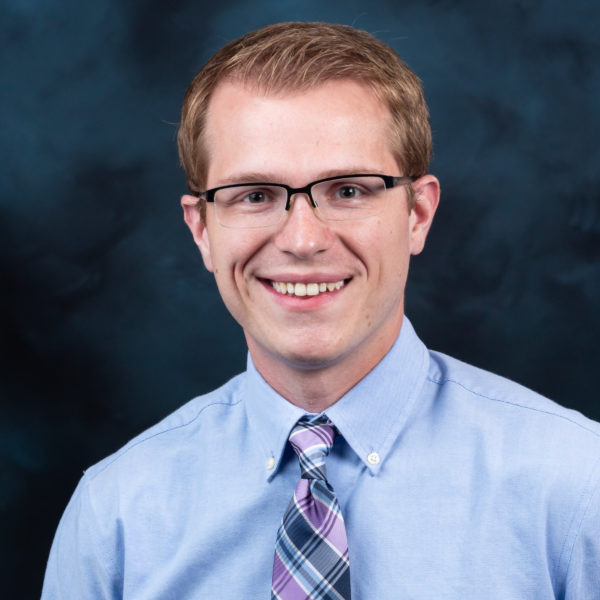
Home / Events / Advanced Experimental Equipment for Proton-Rich Nucleosynthesis
Advanced Experimental Equipment for Proton-Rich Nucleosynthesis
Presented By: Matthew Hall / hallmr@ornl.gov
Matt is a postdoctoral research associate at Oak Ridge National Laboratory. He received his PhD from the University of Notre Dame in 2019, where he worked with Dr. Daniel Bardayan. At Notre Dame, Matt worked primarily on nuclear astrophysics reactions important for nova nucleosynthesis and developing radioactive ion beams with TwinSol. Currently, his work has focused on the design of a gas jet target for solenoidal spectrometers, in addition to finalizing more results from his PhD research.
